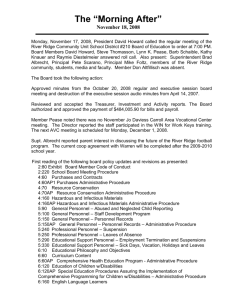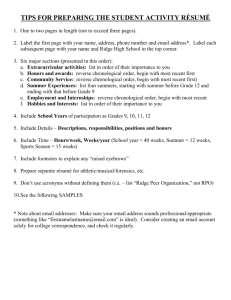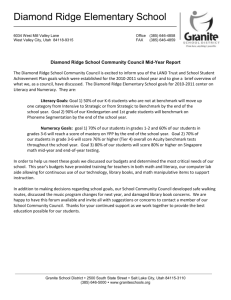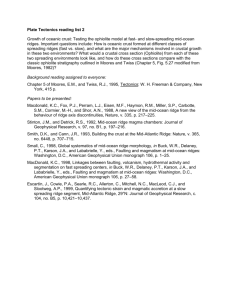Count those Ridges
advertisement
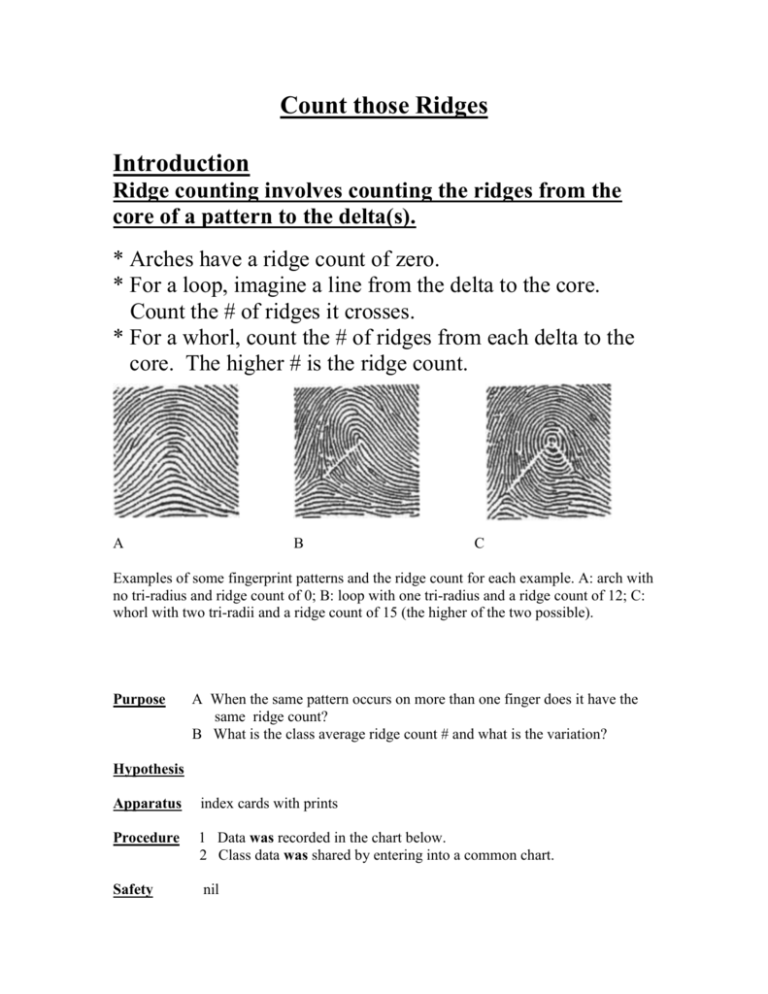
Count those Ridges Introduction Ridge counting involves counting the ridges from the core of a pattern to the delta(s). * Arches have a ridge count of zero. * For a loop, imagine a line from the delta to the core. Count the # of ridges it crosses. * For a whorl, count the # of ridges from each delta to the core. The higher # is the ridge count. A B C Examples of some fingerprint patterns and the ridge count for each example. A: arch with no tri-radius and ridge count of 0; B: loop with one tri-radius and a ridge count of 12; C: whorl with two tri-radii and a ridge count of 15 (the higher of the two possible). Purpose A When the same pattern occurs on more than one finger does it have the same ridge count? B What is the class average ridge count # and what is the variation? Hypothesis Apparatus index cards with prints Procedure 1 Data was recorded in the chart below. 2 Class data was shared by entering into a common chart. Safety nil Observations Table 1. Personal Ridge Count Data: Thumb RIGHT HAND Second Third Fourth Fifth Thumb LEFT HAND Second Third Fourth Fifth Pattern Ridge Count Total = Pattern Ridge Count Total = Pattern= Loop or Whorl Total Ridge Count = (right hand total + left hand total) The TRC is the sum of ridge counts on all fingers of both hands. Table 2. You design a chart for class results. Calculate average +/- Variation Conclusion Answer the purpose. Discussion 1. Is the same ridge count produced when counting in either direction from the center to the deltas of a whorl? Ie Do whorls have to be symmetrical? 2. Discuss the averages and variation among ridge counts. Are any patterns apparent? (i.e. do loops have a significantly higher or lower average or variation, explain why variation might be high or low, etc).



